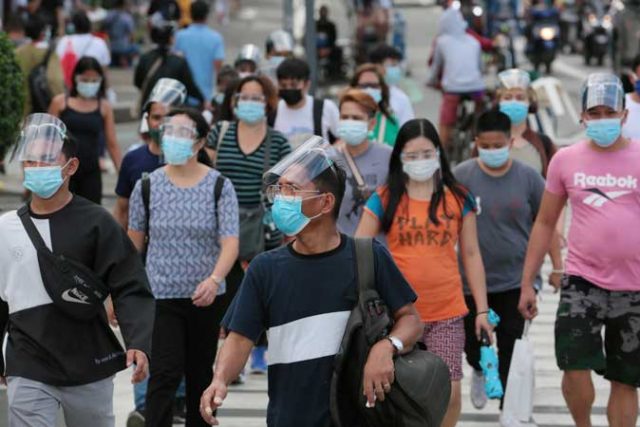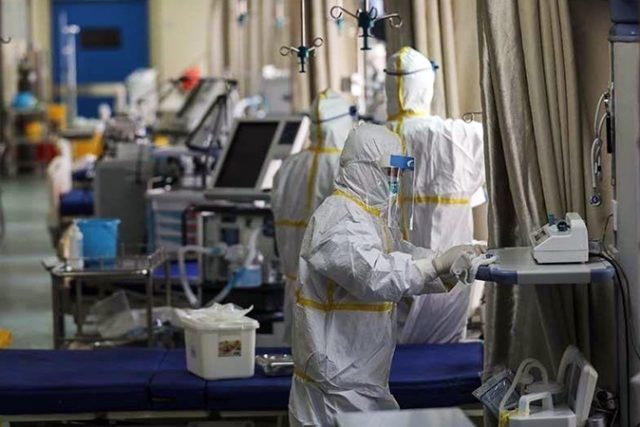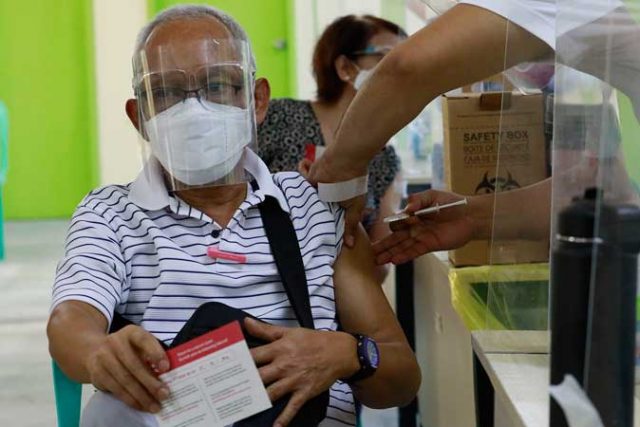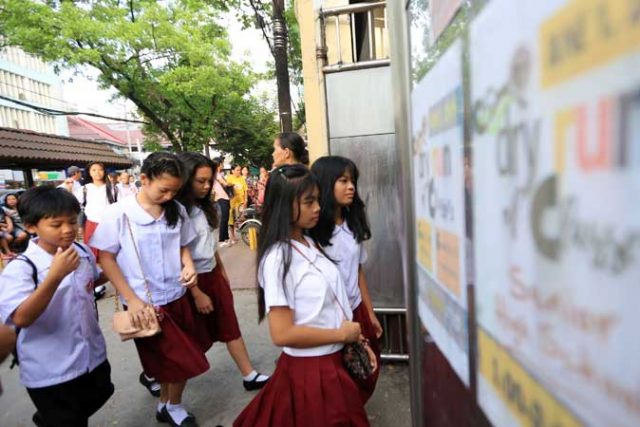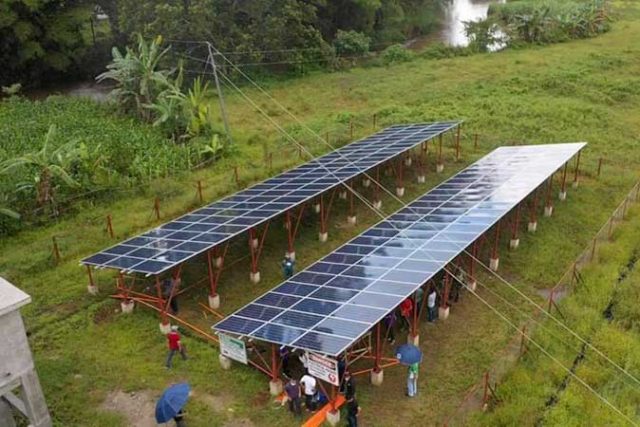GOCC subsidies down by 80.1%
BUDGET SUPPORT extended to state-owned firms declined by 80.1% year on year to P8.34 billion in June, after government significantly lowered subsidies to major non-financial government corporations and supplied no funds to the Philippine Health Insurance Corp. (PhilHealth), the Bureau of the Treasury reported.
Preliminary data from the Treasury also indicated that subsidies dropped 81.33% from their May levels.
The National Irrigation Authority received the largest allocation of P2.645 billion or 68% of the month’s total. This rose 7.96% from year-earlier levels.
The National Housing Authority received P2.123 billion, down 71.5% from a year earlier.
Budgetary support was received by trade-related government-owned and -controlled corporations (GOCCs) such as the Aurora Pacific Economic Zone and Freeport Authority (P4 million), the Center for International Trade Expositions and Missions (P12 million), the Southern Philippines Development Authority (P6 million), the Tourism Infrastructure and Enterprise Zone Authority (P30 million), and the Zamboanga City Special Economic Zone (P24 million).
Support was allocated to non-PhilHealth government health institutions such as the Lung Center of the Philippines (P34 million), National Kidney and Transplant Institute (P107 million), Philippine Heart Center (P164 million), Philippine Children’s Medical Center (P87 million), and the Philippine Institute for Traditional and Alternative Health Care (P18 million).
GOCCs in the agriculture sector receiving subsidies were the National Dairy Authority (P30 million), Philippine Coconut Authority (P597 million), and the Philippine Fisheries Development Authority (P277 million).
Government-led research institutions were also granted subsidies such as the Philippine Center for Economic Development (P5 million), Philippine Institute for Development Studies (P16 million), and the Philippine Rubber Research Institute (P35 million).
Other GOCCs that received budgetary support in June are the Bases Conversion and Development Authority (P270 million), Civil Aviation Authority of the Philippines (P903 million), Cultural Center of the Philippines (P33 million), Light Rail Transit Authority (P85 million), Credit Information Corp. (P7 million), People’s Television Network, Inc. (P9 million), and IBC-13 (P6 million).
The National Government did not provide subsidies during the month to the National Food Authority, Philippine National Railways, Cagayan Economic Zone Authority, Development Academy of the Philippines, Philippine Crop Insurance Corp., the Subic Bay Metropolitan Authority, and the Small Business Corp.
In the first half, GOCC subsidies fell 28% year on year to P88.282 billion.
Subsidies to GOCCs are meant to cover operational expenses not supported by their revenue. — Luz Wendy T. Noble




